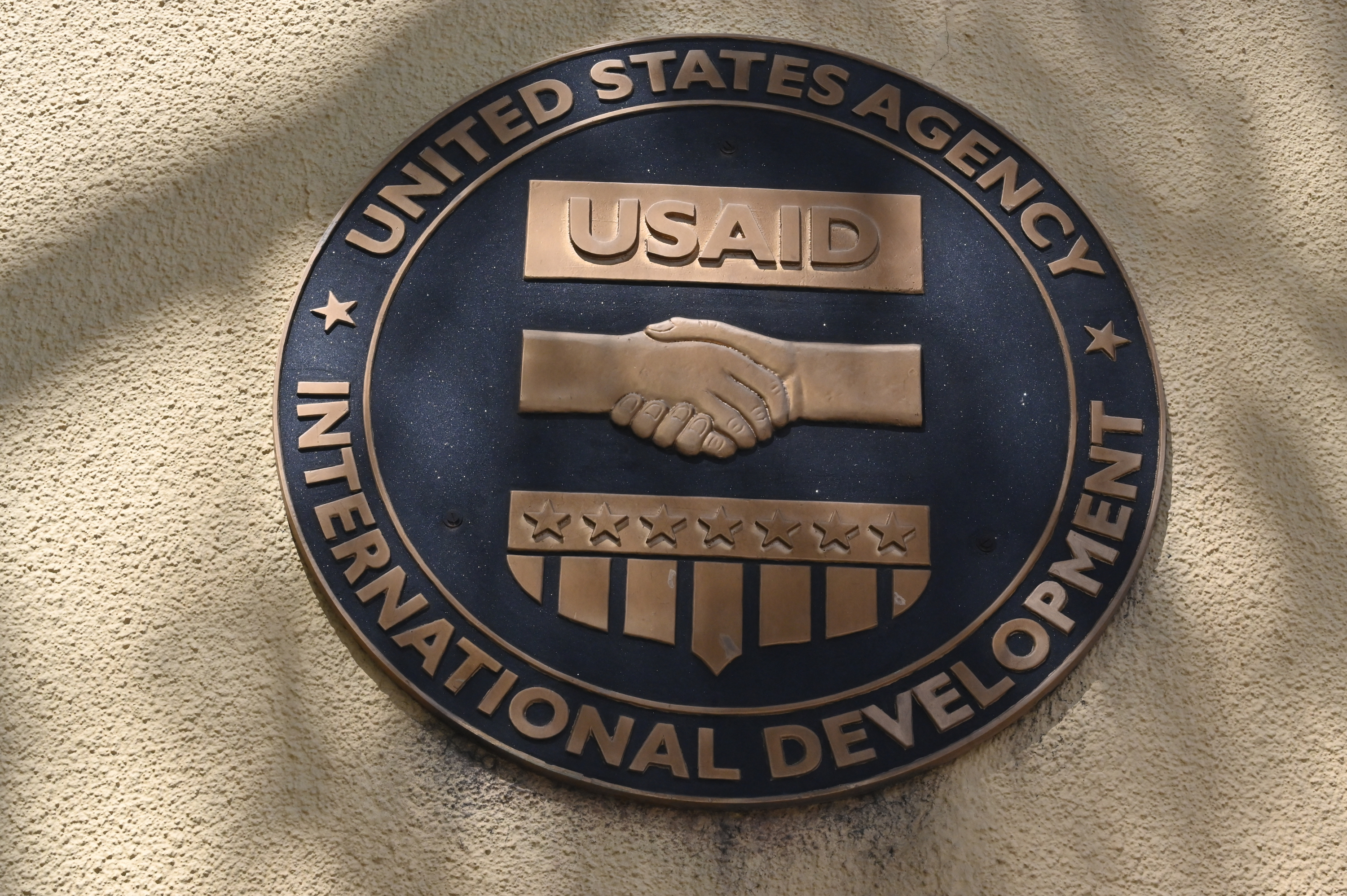A study predicts more than 14 million deaths by 2030 if USAID cuts continue.

A new study published in The Lancet issues a stark warning about the global health consequences of recent cuts in U.S. foreign aid .
The work, coordinated by researchers from the Barcelona Institute for Global Health (ISGlobal), along with the Institute of Collective Health of the Federal University of Bahia (ISC-UFBA), the University of California Los Angeles (UCLA), and the Manhiça Health Research Center (CISM), among others.
The authors estimate that between 2001 and 2021, 91 million deaths were averted in low- and middle-income countries thanks to programs funded by USAID , the world's largest humanitarian and development aid funding agency.
However, recent cuts could reverse this progress and lead to more than 14 million additional deaths by 2030, including more than 4.5 million children under the age of five.
Critical moment “This study comes at a critical time,” says Davide Rasella, Icrea researcher at ISGlobal and coordinator of the study. “The 4th International Conference on Financing for Development, taking place this week in Seville, Spain, is an opportunity to align global financing with real needs on the ground. If we want to meet the SDGs, we cannot afford to dismantle financing mechanisms like USAID, which have been proven to save millions of lives. It's time to expand, not cut.”
The researchers analyzed data from 133 countries and combined two approaches: a retrospective assessment from 2001 to 2021 and projection models through 2030.
They used statistical models that accounted for factors such as population, income, education, and health systems to estimate the impact of USAID funding on mortality, including differences by age group and cause of death. Finally, they applied microsimulation models to calculate how many additional deaths could occur if current cuts continue.

View of the logo of the United States Agency for International Development (USAID). Photo: Orlando Sierra / AFP
The study concludes that USAID-supported programs were associated with a 15% reduction in overall mortality and a 32% reduction in child mortality (under five years of age). It is estimated that more than 91 million deaths were averted during this period, of which approximately 30 million were children.
In the countries that received the most funding, the impact was most notable in priority diseases: mortality from HIV/AIDS decreased by 74%, from malaria by 53%, and from neglected tropical diseases by 51%. Significant reductions were also observed in deaths caused by tuberculosis, malnutrition, diarrheal diseases, respiratory infections, and maternal and perinatal causes.
“Our analysis shows that USAID funding has been a vital force in saving lives and improving health in some of the world's most vulnerable regions over the past two decades,” said Daniella Cavalcanti, a postdoctoral researcher at the Institute for Collective Health and first author of the study.
Millions of lives at risk To estimate the future consequences of the cuts, the researchers simulated two scenarios: maintaining 2023 funding levels or implementing the drastic cuts announced in early 2025, which represent an 83% reduction in USAID programs .
Projections indicate that if the cuts continue, there could be more than 14 million additional deaths by 2030, including more than 4.5 million children under the age of five, equivalent to approximately 700,000 additional child deaths per year. These figures reflect the expected impact not only on health, but also on key sectors such as nutrition, education, water and sanitation, and humanitarian aid.
Rasella underscores the magnitude of the risk: “Our projections indicate that these cuts could lead to a sharp increase in preventable deaths, especially in the most fragile countries. There is a risk of abruptly halting—or even reversing—two decades of progress in health for vulnerable populations. For many low- and middle-income countries, the impact would be comparable to that of a global pandemic or a major armed conflict.”
"From our experience on the ground, we've seen how USAID support has strengthened the capacity of local health systems to respond to diseases like HIV, malaria, and tuberculosis. Cutting this funding now not only puts lives at risk—it also undermines critical infrastructure that has taken decades to establish," concludes Francisco Saúte, director general of the Manhiça Health Research Center (CISM) and co-author of the study.
Global domino effect The study warns that the impact of the cuts could go beyond USAID's own programs. With the United States previously providing more than 40% of global humanitarian funding, other international donors could be incentivized to also reduce their commitments. This would further weaken service delivery in countries already dependent on external support.
“The study's results are even more worrying considering that other international donors—primarily in the EU—have also announced substantial cuts to their aid budgets, which could lead to even more additional deaths in the coming years,” adds Caterina Monti, a predoctoral researcher at ISGlobal and co-author of the study.
Beyond direct support for health care, the authors highlight the importance of USAID-funded programs to improve education, food security, access to clean water, and economic resilience —key elements that shape the social determinants of health. Reducing this support could undermine long-term development and stability in many low- and middle-income countries.

United States Agency for International Development (USAID). Photo: AFP
“American citizens contribute about 17 cents a day to USAID, roughly $64 a year. I think most would support maintaining this funding if they knew how effective such a small contribution can be in saving millions of lives,” says James Macinko, co-author of the study and a professor at UCLA.
This work constitutes the first comprehensive analysis assessing the impact of total USAID funding—including health, nutrition, humanitarian aid, development, education, and other sectors—on mortality rates in low- and middle-income countries over the past two decades.
The authors emphasize that the projections reflect the most likely scenario based on current data and policy decisions, but that future outcomes will depend on the response of governments and institutions.
eltiempo





